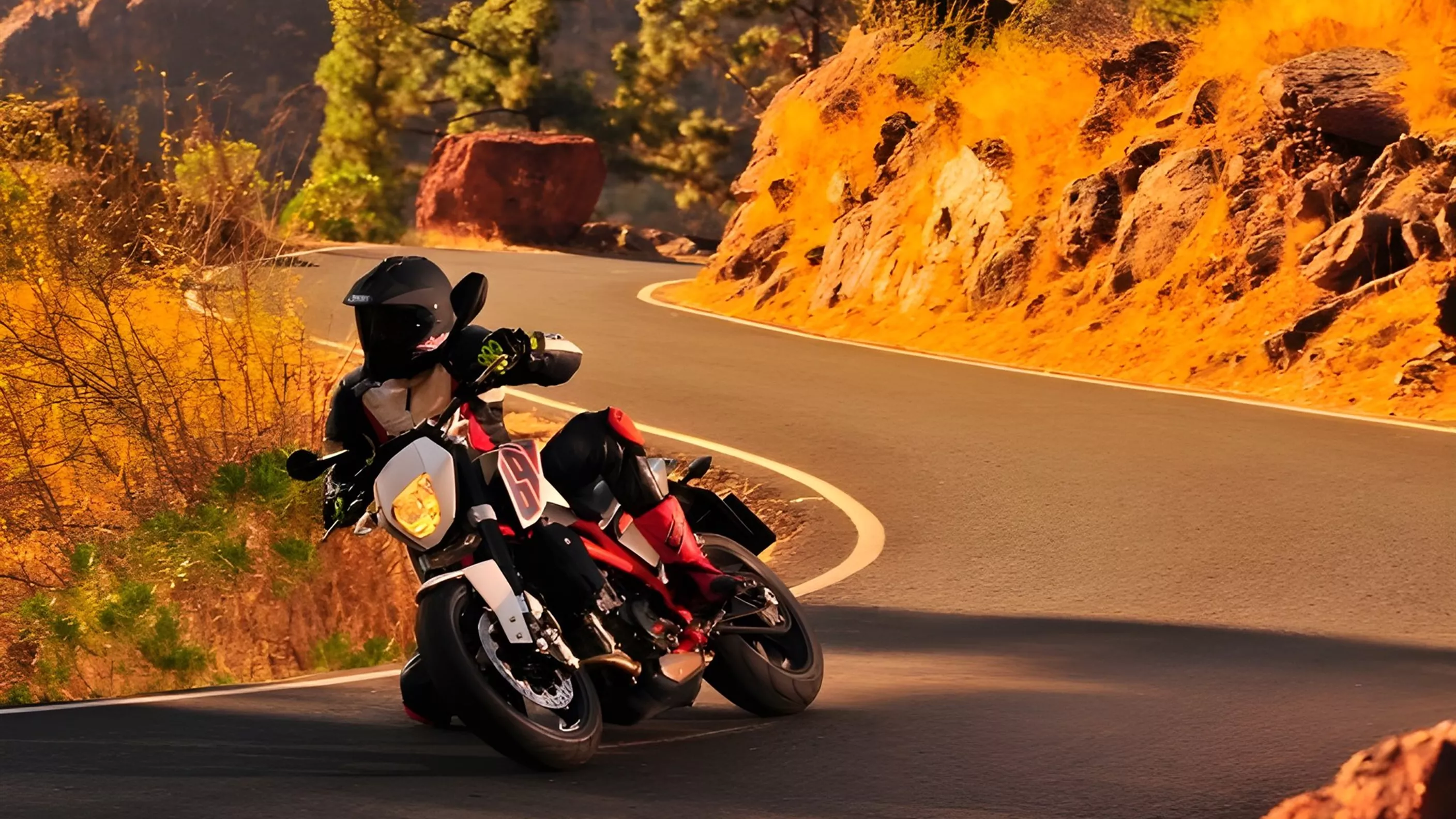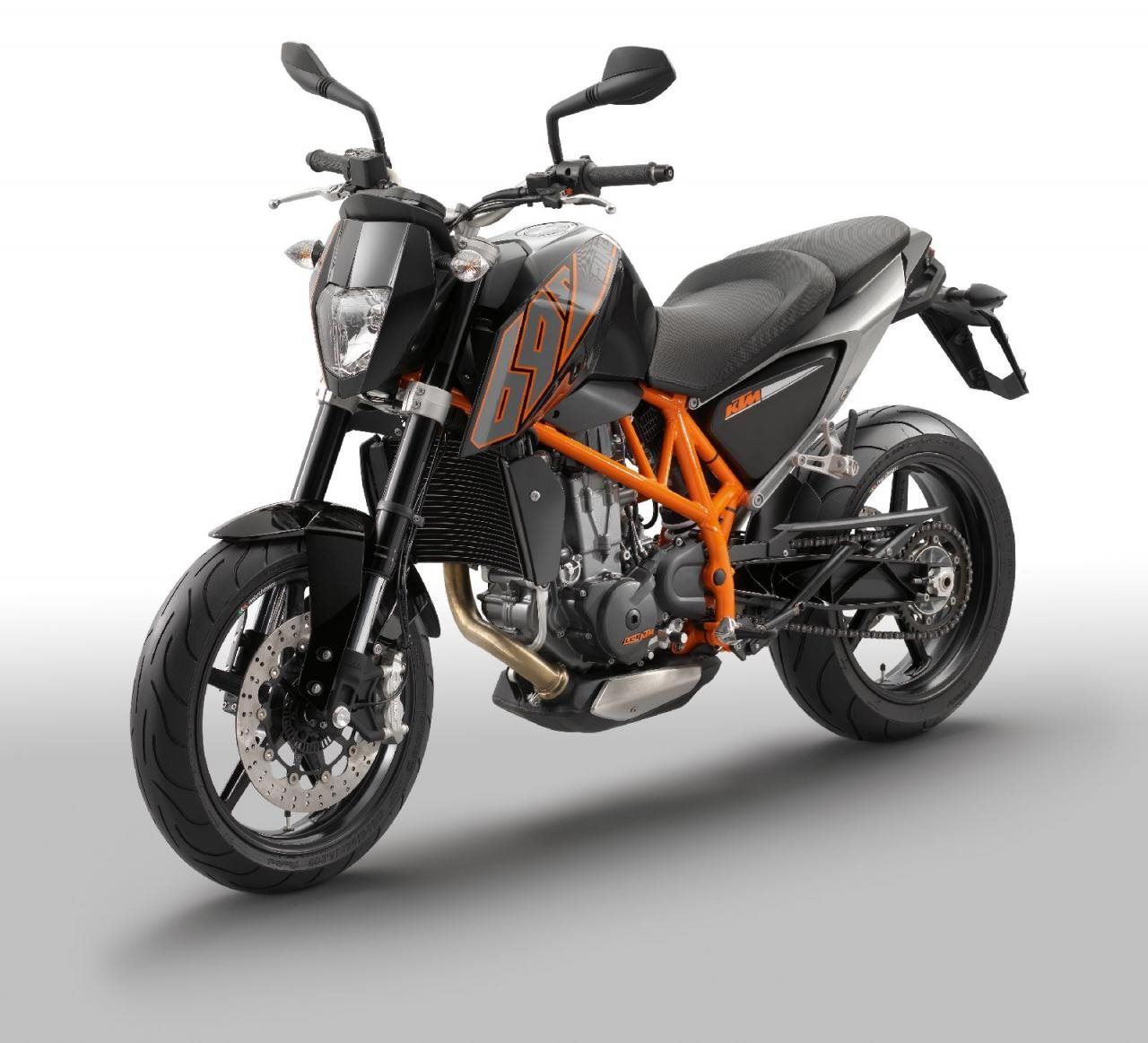It's been over 13 years since KTM sent me to tackle the twisty mountain roads of Gran Canaria. The sun blazed down, the asphalt was unforgiving, and the curves seemed endless. Perfect conditions to put the then brand-new 690 Duke through its paces. It was the moment KTM took a bold step: the once wild Duke was to mature without losing its rebellious soul—a tightrope walk that was eagerly anticipated at the time.
I still vividly recall my first impression. Instead of a radical Supermoto, I found myself on a Naked Bike—lower, more approachable, with a completely different geometry. At its core remained the stellar LC4 single-cylinder, now in a more civilized form. Rated at 70 hp and 70 Nm—or as later proven, actually 74 hp and 78 Nm on the dyno. Modesty was evidently a virtue of the brochure writers from Mattighofen.
The memory of those first miles remains vibrant after all these years. The way the Duke dove into corners, the immediate throttle response that couldn't be more direct, and the surprisingly civilized behavior for a single-cylinder. Back then, I wrote this engine was "like something from another planet"—a statement I would still stand by today.
But what became of the Duke, which was completely repositioned at the time? Did KTM's strategy to make the Duke more mainstream truly succeed? Time to look back—and, more importantly, to delve into the long-term experiences of the community with this unique Austrian machine.

&width=72&height=72&bgcolor=rgba_39_42_44_0&mode=crop)

&width=60&height=60&bgcolor=rgba_39_42_44_0&mode=crop)



